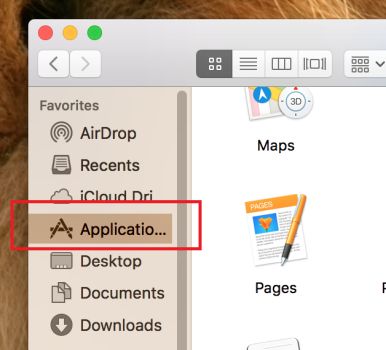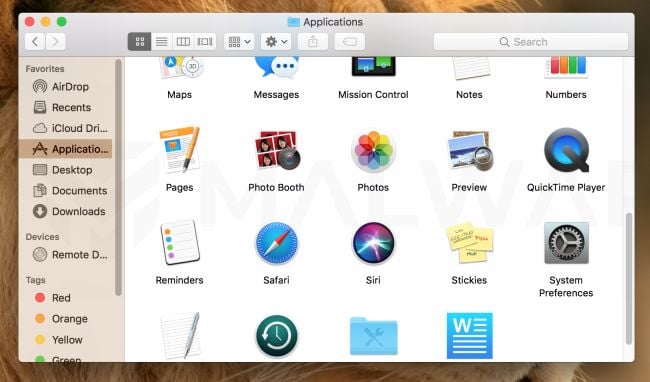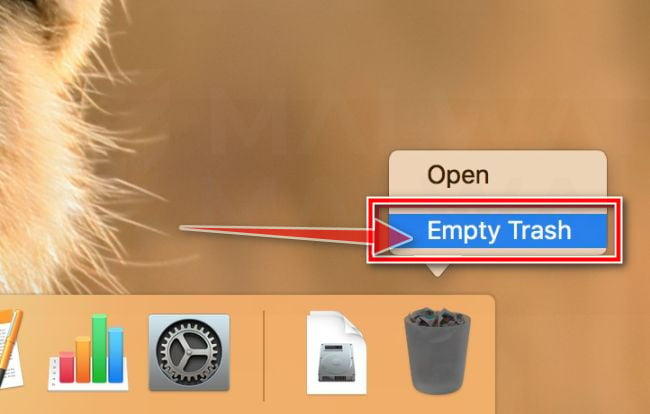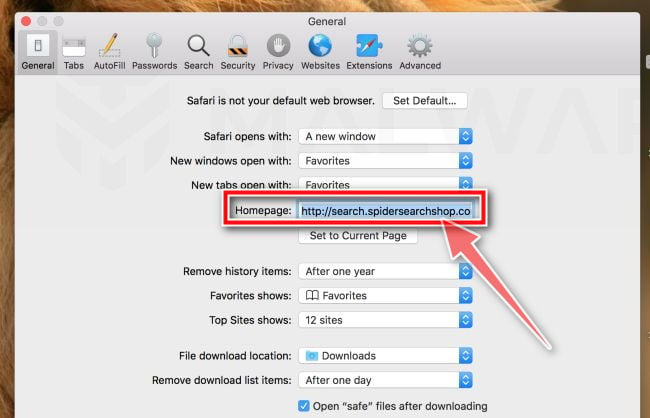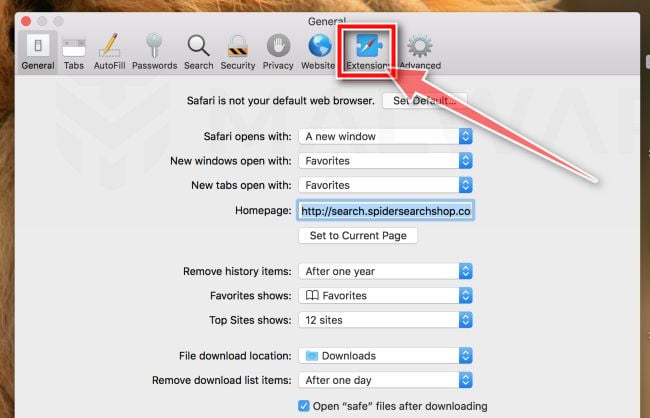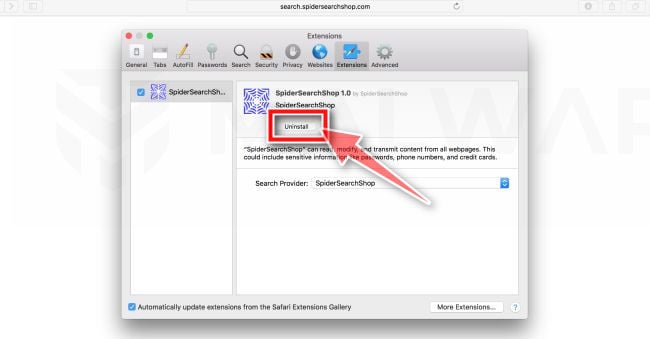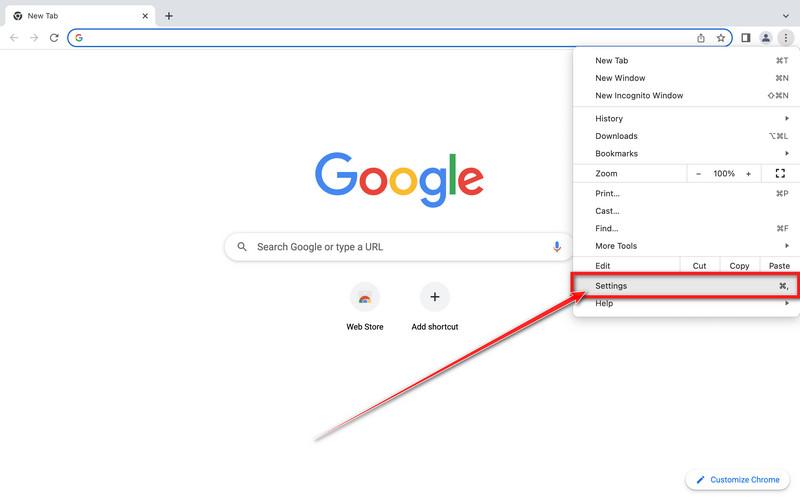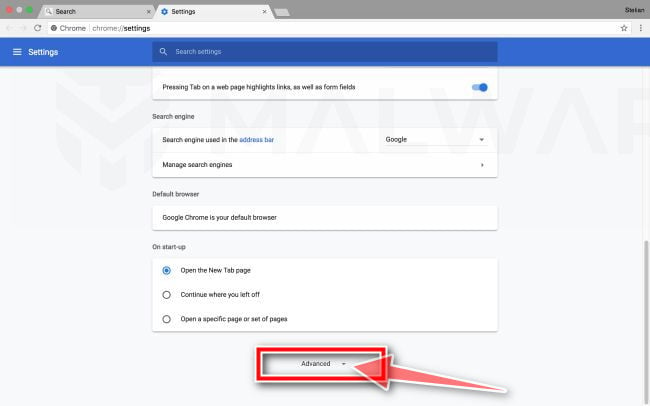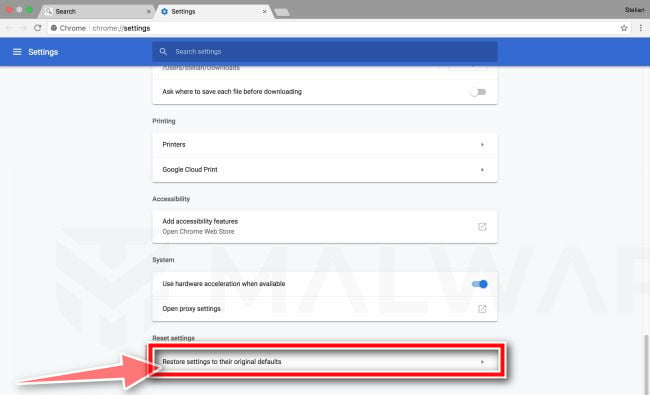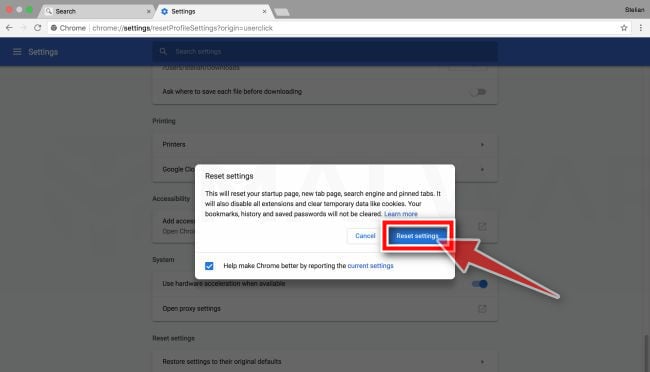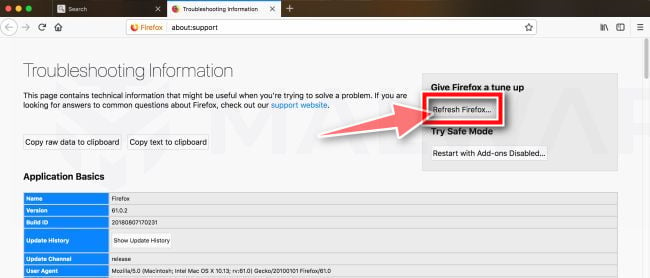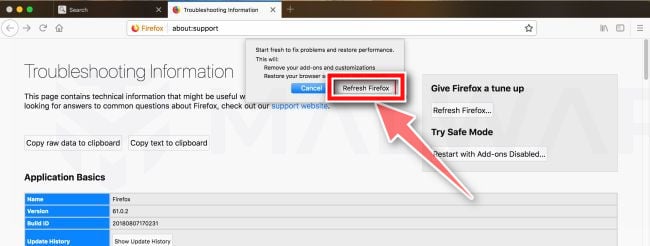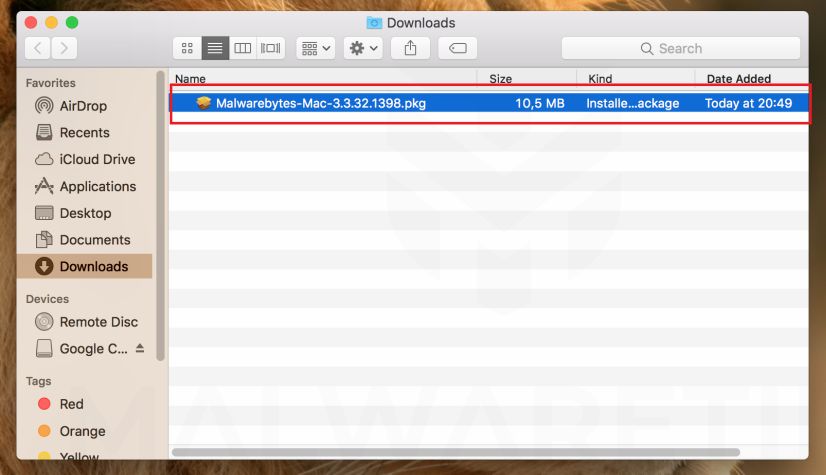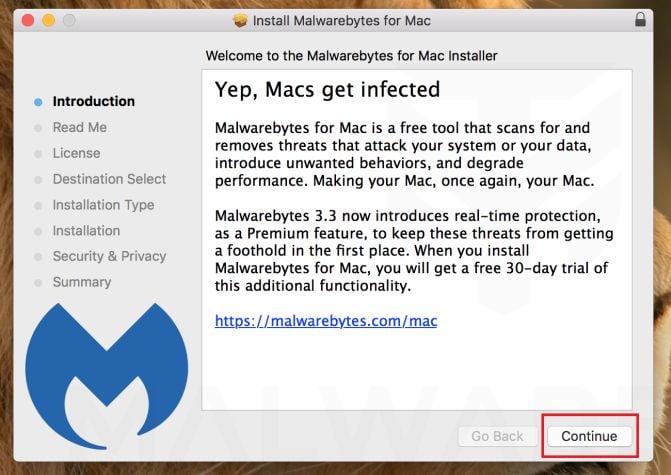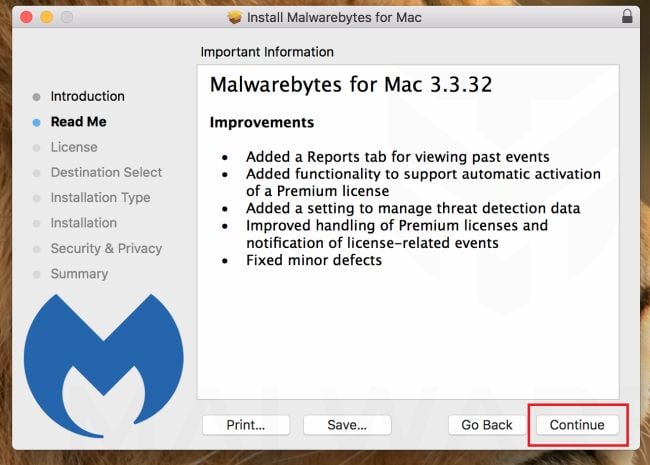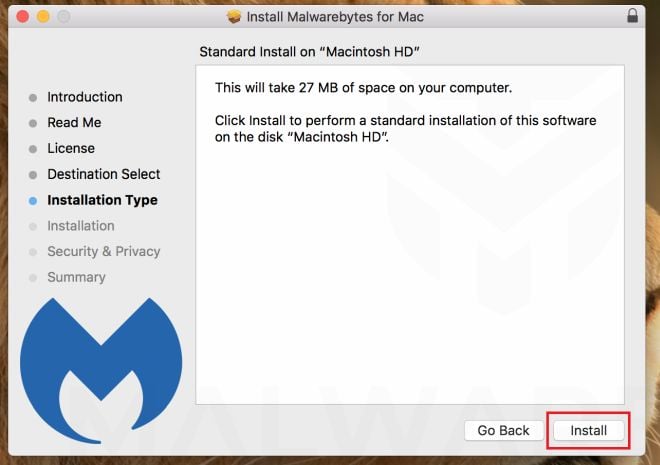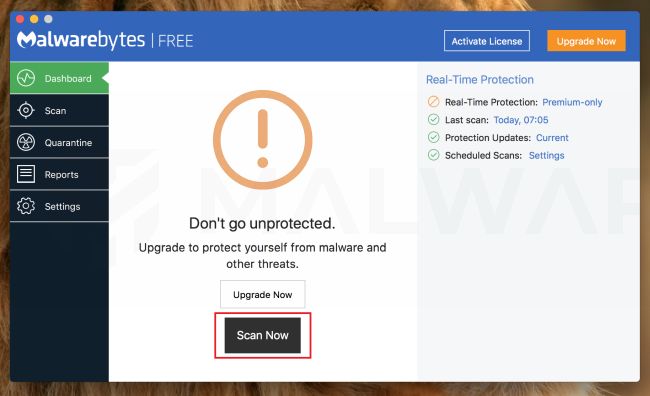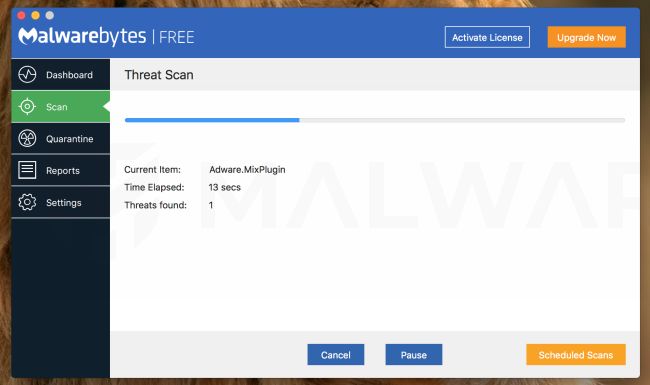The Fridaylifeis90.live pop-ups are a browser-based scam that displays fake error messages to trick you into installing malicious programs on your computer.
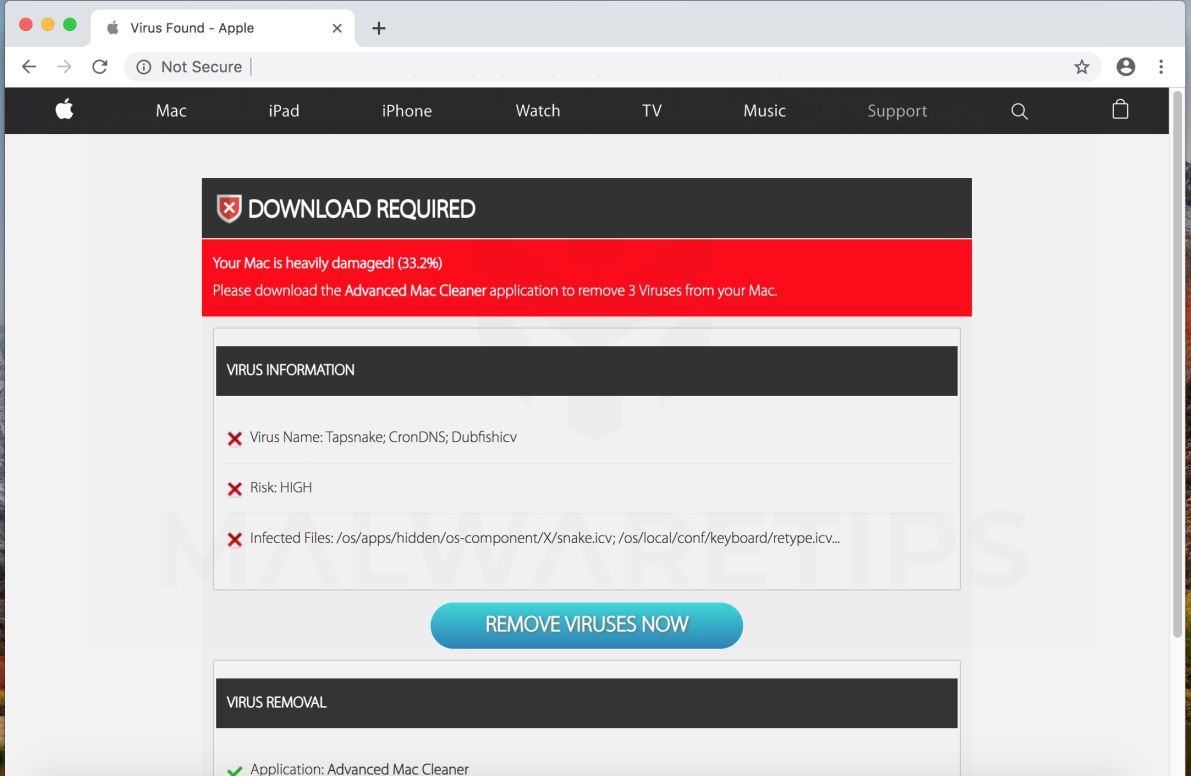
What is Fridaylifeis90.live?
Fridaylifeis90.live is a malicious site that displays fake error messages that are shown in such a way as to trick the user into thinking their computer has crashed or that a virus has been detected on the device. It does this to try and scare you into downloading and installing malicious programs on your computer.
The Fridaylifeis90.live fake error messages will display this alert:
Your system is infected with 3 viruses!
Your Mac is infected with 3 viruses. Our security check found traces of 2 malware and 1 phishing/spyware. System damage: 28.1% – Immediate removal required!
The immediate removal of the viruses is required to prevent further system damage, loss of Apps, Photos or other files.
Traces of 1 phishing/spyware were found on your Mac with MacOS 10.13 High Sierra.
Personal and banking information is at risk.
To avoid more damage click on ‘Scan Now’ immediately. Our deep scan will provide help immediately!
As you can imagine, this fake error message and anything it states is just a scam to try and scare you into downloading and installing potentially unwanted programs on your computer.
Why am I seeing the Fridaylifeis90.live pop-up ads?
You are seeing the Fridaylifeis90.live pop-up ads because you are either infected with adware or another web site is redirecting you to them.
This guide was written to help Mac users remove malware from their devices, so if you’re just looking for a way to block the Fridaylifeis90.live redirect on a specific site, you can use a free browser extension like Adblock.
When it comes to adware, these malicious programs are bundled with other free software that you download off of the Internet. Unfortunately, some free downloads do not adequately disclose that other software will also be installed and you may find that you have installed adware without your knowledge.
Here are a few typical signs that you have adware on your system:
- Advertisements appear in places they shouldn’t be.
- Your web browser’s homepage has mysteriously changed without your permission.
- Web pages that you typically visit are not displaying properly.
- Website links redirect to sites different from what you expected.
- Browser popups appear which recommend fake updates or other software.
- Other unwanted programs might get installed without your knowledge.
You should always pay attention when installing software because often, a software installer includes optional installs. Be very careful what you agree to install.
Always opt for the custom installation and deselect anything that is not familiar, especially optional software that you never wanted to download and install in the first place. It goes without saying that you should not install software that you don’t trust.
To check your computer for adware and remove it for free, please use the guide below.
How To Remove Fridaylifeis90.live Pop-up Scam (Mac Guide)
Please perform all the steps in the correct order. If you have any questions or doubt at any point, STOP and ask for our assistance.
- STEP 1: Remove the malicious apps from Mac
- STEP 2: Uninstall malicious extensions from Safari, Chrome, or Firefox
- STEP 3: Use Malwarebytes for Mac to remove Fridaylifeis90.live adware
This step is needed if the Fridaylifeis90.live pop-ups will not allow you to close your browser.
- On your keyboard, press the Command + Option + Escape keys simultaneously. This will open the “Force Quit” application window.
- In the “Force Quit”, click on Safari, Chrome, Firefox or any other browser in which you are seeing the Fridaylifeis90.live pop-up.
- Click the button that says “Force Quit“. This will forcefully end your browser, thus closing the Fridaylifeis90.live pop-up.
If you cannot switch from the unresponsive app, press Command + Option + Shift + Esc for three seconds to force it to quit. This key combination tells macOS to force quit the front-most app. Alternatively, if you are using Safari or any other browser, you can disconnect your Internet, then open the web browser, navigate from the malicious web page, then reconnect to the Internet.
STEP 1: Remove the malicious apps from Mac
In this first step, we will try to identify and remove any malicious app that might be installed on your device.
-
Open “Finder”
Click the Finder application on your dock.

-
Click on “Applications”
In the Finder left pane, click on “Applications“.

-
Find and remove the malicious app.
The “Applications” screen will be displayed with a list of all the apps installed on your device. Scroll through the list until you find the malicious app, right-click it, and then click “Move to Trash”.
Look out for any suspicious program that could be behind all the drama – anything you don’t remember downloading or that doesn’t sound like a genuine program. Here are some known malicious programs: TakeFresh, TopResults, FeedBack, ApplicationEvents, GeneralOpen, PowerLog, MessengerNow, ImagePrime, GeneralNetSearch, Reading Cursors, GlobalTechSearch, PDFOnline-express, See Scenic Elf, MatchKnowledge, Easy Speedtest, or WebDiscover.
The malicious program may have a different name on your computer. If you cannot find any malicious programs on your computer, you can continue with STEP 2.

-
Click “Empty Trash”
On the dock, right-click on the trash icon and select “Empty Trash”. Doing so deletes the Trash’s contents, including the program that you just sent to the Trash.

Some types of malware may also create a new group policy for your device before we proceed with the other steps we need to remove these unwanted changes.
- Go to System Preferences.
- Click Profiles.
- The list will include an item “AdminPrefs“. Select this and click the remove “–” button in the lower left corner.
If there isn’t a Profiles icon, you don’t have any profiles installed, which is normal.
STEP 2: Uninstall the malicious extensions from Safari, Chrome, or Firefox
Safari
-
Go to Safari’s “Preferences”.
On the menu bar, click the “Safari” menu and select “Preferences”.

-
Check Homepage.
This will open a new window with your Safari preferences, opened to the “General” tab. Some browser hijackers may change your default homepage, so in the Homepage field make sure it’s a web page you want to use as your start-up page.

-
Click “Extensions”
Next, click on the “Extensions” tab.

-
Find and uninstall the malicious extension.
The “Extensions” screen will be displayed with a list of all the extensions installed on Safari. Scroll through the list until you find the malicious extension, and then click on “Uninstall” to remove it. By default, there are no extensions installed on Safari.
Look out for any suspicious extension that could be behind all the drama – anything you don’t remember installing or that doesn’t sound like a genuine browser extension.Here are some known malicious extensions: TakeFresh, TopResults, FeedBack, ApplicationEvents, GeneralOpen, PowerLog, MessengerNow, ImagePrime, GeneralNetSearch, Reading Cursors, GlobalTechSearch, PDFOnline-express, See Scenic Elf, MatchKnowledge, Easy Speedtest, or WebDiscover.
The malicious extensions may have a different name on your computer. If you cannot find any malicious programs on your browser, you can continue with STEP 3.

Google Chrome
-
Click on the three dots at the top right and click “Settings”.
Click on Chrome’s main menu button, represented by three dots at the top right corner. Now click on the menu option labeled Settings as shown by the arrow in the picture below, which will open the basic settings screen.

-
At the bottom, click “Advanced”.
Chrome’s “Settings” should now be displayed in a new tab or window, depending on your configuration. Next, scroll to the bottom of the page and click on the “Advanced” link (as seen in the below example).

-
Under the section “Reset,” click “Reset”.
Chrome’s advanced settings should now be displayed. Scroll down until the “Reset and clean up” section is visible, as shown in the example below. Next, click on the “Reset settings to their original defaults” button.

-
Confirm by clicking “Reset”.
A confirmation dialog should now be displayed, detailing the components that will be restored to their default state should you continue on with the reset process. To complete the restoration process, click on the “Reset Settings” button.

In many cases, changes to Chrome may not be fixed with a simple browser reset. In such a case, it will be easier to completely remove Chrome and all data, then reinstall. To do this, click the Finder icon, from the menu bar. Choose Go, and click Go to Folder, then paste one of the below paths into the window that opens.
You will need to delete all of the below items, but before doing this be aware that this will delete all data for all Google apps you have installed, such as your bookmarks, so you will need to export them before doing this.
/Applications/Chrome.app
/Library/Application Support/Google/
/Library/Google/
~/Library/Application Support/Google/
~/Library/Google/
~/Library/Preferences/com.google.Chrome.plist
After deleting all of the above files, restart your device. You can now download and re-install Google Chrome on your device. You will need to import any exported bookmarks or other data, and may need to reinstall any other Google apps that you use.
Mozilla Firefox
-
Go to the “Help” menu.
Click on Firefox’s main menu button, represented by three horizontal lines. When the drop-down menu appears, select the option labeled “Help“.

-
Click “Troubleshooting Information”.
From the Help menu, click on “Troubleshooting Information“.
If you’re unable to access the “Help” menu, type about:support in your address bar to bring up the Troubleshooting information page.
-
Click on “Refresh Firefox”
Click the “Refresh Firefox” button in the upper-right corner of the “Troubleshooting Information” page.

-
Confirm.
To continue, click on the “Refresh Firefox” button in the new confirmation window that opens.

-
Click on “Finish”.
Firefox will close itself and will revert to its default settings. When it’s done, a window will list the information that was imported. Click on the “Finish“.
STEP 3: Use Malwarebytes for Mac to remove Fridaylifeis90.live adware
Malwarebytes is one of the most popular and most used anti-malware apps, and for good reasons. It is able to destroy many types of malware that other software tends to miss, without costing you absolutely nothing. When it comes to cleaning up an infected device, Malwarebytes has always been free and we recommend it as an essential tool in the fight against malware.
The first time you install Malwarebytes, you’re given a free 30-days trial of the premium edition, which includes preventative tools like real-time scanning and specific protection from ransomware. After 30 days, it automatically reverts to the basic free version that will detect and clean up malware infections only when you run a scan.
-
Download Malwarebytes.
You can download Malwarebytes by clicking the link below.
 MALWAREBYTES FOR MAC DOWNLOAD LINK
MALWAREBYTES FOR MAC DOWNLOAD LINK
(The above link will open a new page from where you can download Malwarebytes for Mac) -
Double-click on the Malwarebytes setup file.
When Malwarebytes has finished downloading, double-click on the Malwarebytes-Mac-3.x.y.zzz.pkg file to install Malwarebytes on your device. In most cases, downloaded files are saved to the Downloads folder.

-
Follow the on-screen prompts to install Malwarebytes.
When the Malwarebytes installation begins, you will see the Malwarebytes Setup Wizard which will guide you through the installation process. The setup wizard displays an introduction to Malwarebytes for Mac. Click on “Continue” to complete the installation process.


Next, click on “Install“.


-
Click on “Scan Now”.
Once installed, Malwarebytes will automatically start and update the antivirus database. To perform a system scan, click on the “Scan Now” button.

-
Wait for the Malwarebytes scan to complete.
Malwarebytes will now start scanning your Mac for adware and other malicious apps. This process can take a few minutes, so we suggest you do something else and periodically check on the status of the scan to see when it is finished.

-
Click on “Confirm”.
When the scan has completed, you will be presented with a screen showing the malware infections that Malwarebytes has detected. To remove the malicious apps that Malwarebytes has found, click on the “Confirm” button.

Malwarebytes will now remove all the malicious files that it has found. To complete the malware removal process, Malwarebytes may ask you to restart your device.
The Fridaylifeis90.live pop-ups should now be removed from your device. If you are still experiencing problems while trying to remove the Fridaylifeis90.live pop-ups from your Mac, please ask for help in our Malware Removal Assistance for Mac forum.


